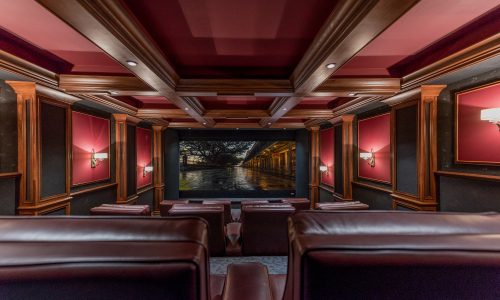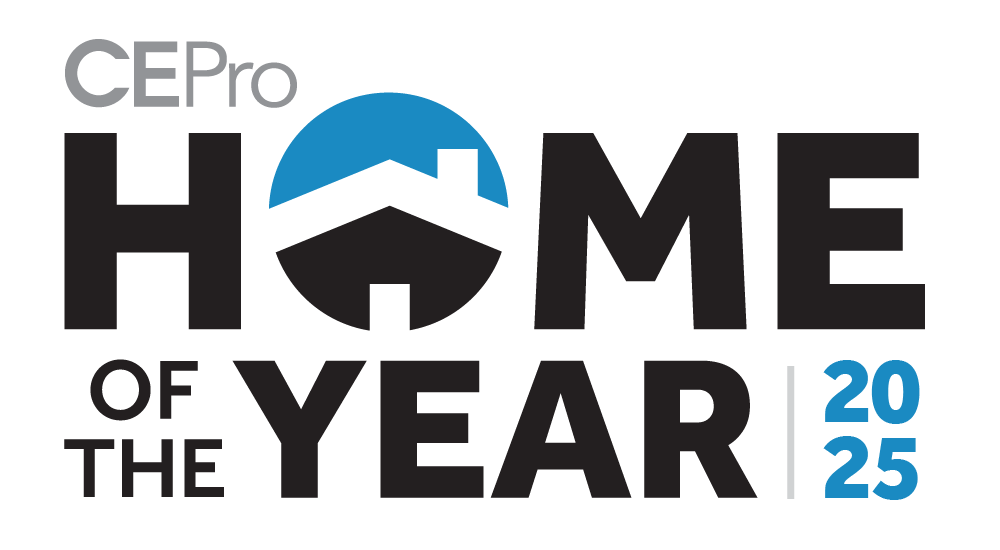Designer: Sheba Kwan | Red Theory
Location: Toronto, Ontario Canada
Website: red-theory.com
Years designing theaters: 18
Number of theaters designed in career: 350+
Services provided: Design development, 3D visualizations, documentation, procurement, onsite management, bespoke furniture design, bespoke light fixture design.

What makes your service and your designs unique: Our designs are unique because we don’t have a “look.” We believe it is important to understand the client on a personal level and develop a bespoke design concept for their home, and wish list.
- Each project begins with a very simple floor plan and sight line analysis, and our very next step is to dive into photo realistic 3D renderings.
- We present our rendering package to the homeowner showing different views of the theater and adjust as required based on comments and approvals. Once we have an approved visual, we progress to our documentation stage to complete the construction AutoCAD documents for the room.
- Red Theory is unique as we are a specialty design firm, not solely focused on home theaters. We often branch outside of the theater room and help design cohesive entertainment spaces that include media rooms, bars, wine cellars, spa retreats, man caves, and recently have had a big interest in showcase garages. We follow our core principles that all these spaces require attention for both aesthetics, functionality and technology.
Why should integrators work with theater designers vs. attempting it on their own: Many AV integrators have a fragmented approach to home theater design. The solution that they are trying to solve is fitting all the AV boxes into a room and ensuring that the room has the best possible AV performance. The benefit to hiring a designer is the consideration of all aspects of the room: performance, sound isolation, comfort, visual interest, and function. Qualified home theater designers can lay the groundwork for the AV integrator to do their best work.
What are the biggest mistakes you see integrators make when doing their own theater designs: Not giving enough attention to the comfort of the people using the room. Often, we see integrators try to squeeze in “an extra row” of seating due to a homeowner request, but it is hard to say no. It is important, however, if you want the room to be functional and comfortable upon completion.
What is the key to great dedicated theater design: The room needs to have the wow factor — a home theater room is special. We want the experience to be multi-faceted that includes visual interest, awesome video, immersive surround sound, and fantastic acoustics. We want everyone’s first words when they walk into a Red Theory designed theater to be “wow, this is awesome.” We also ensure the space is inviting, an extension of the home, and a reflection of the homeowners’ lifestyle. We take pride when our home theater rooms are used regularly.
Thoughts on microLED trend vs. projection: We have not yet completed a design using microLED in a dedicated home theater space. We have had great success in multi-purpose media rooms. The use of LED introduces a new set of challenges for speaker placement, and HVAC considerations.
How has immersive audio impacted modern home theaters: Ceiling designs have become more challenging. We are now incorporating a number of ceiling height-channel speakers, along with projector placement, lighting, HVAC and acoustic treatments. It requires creativity and patience to develop a ceiling plan that is aesthetically beautiful and technically correct.







